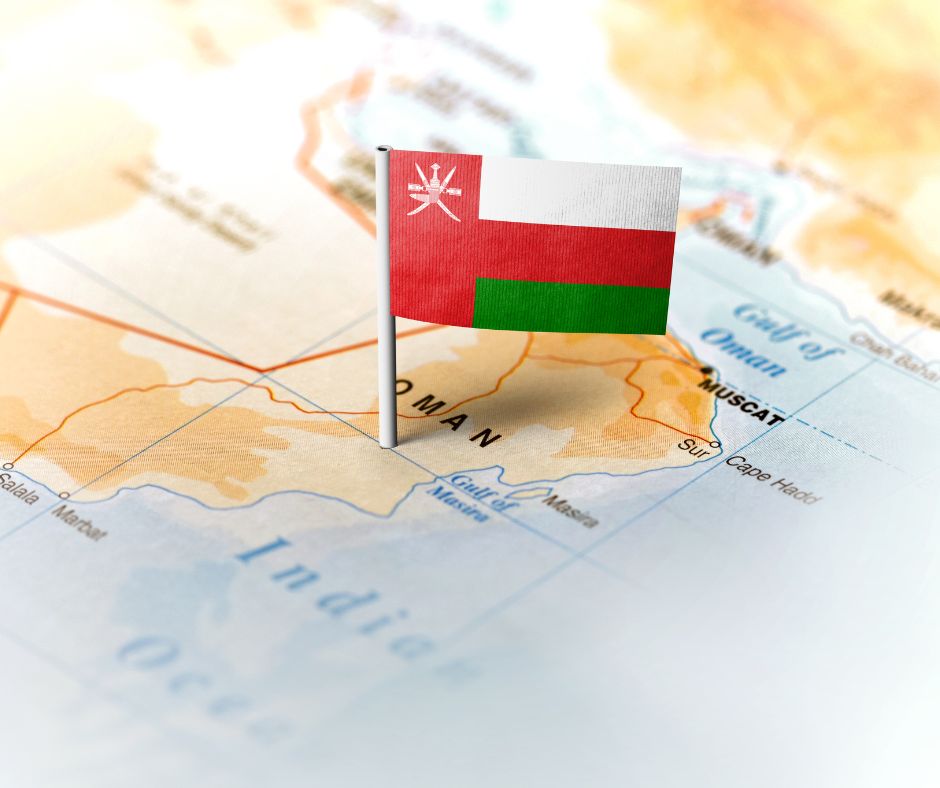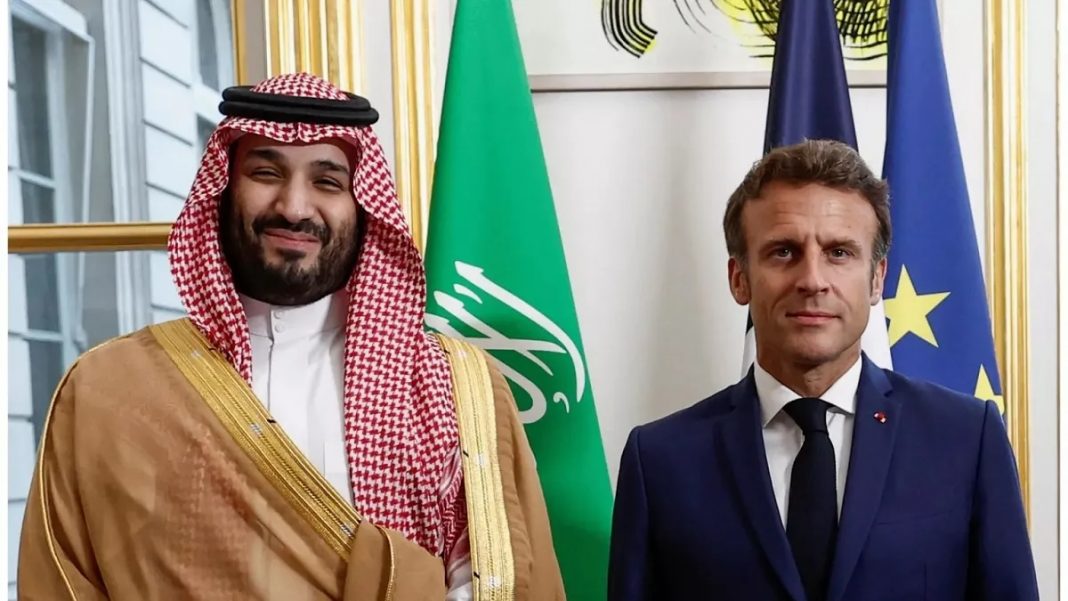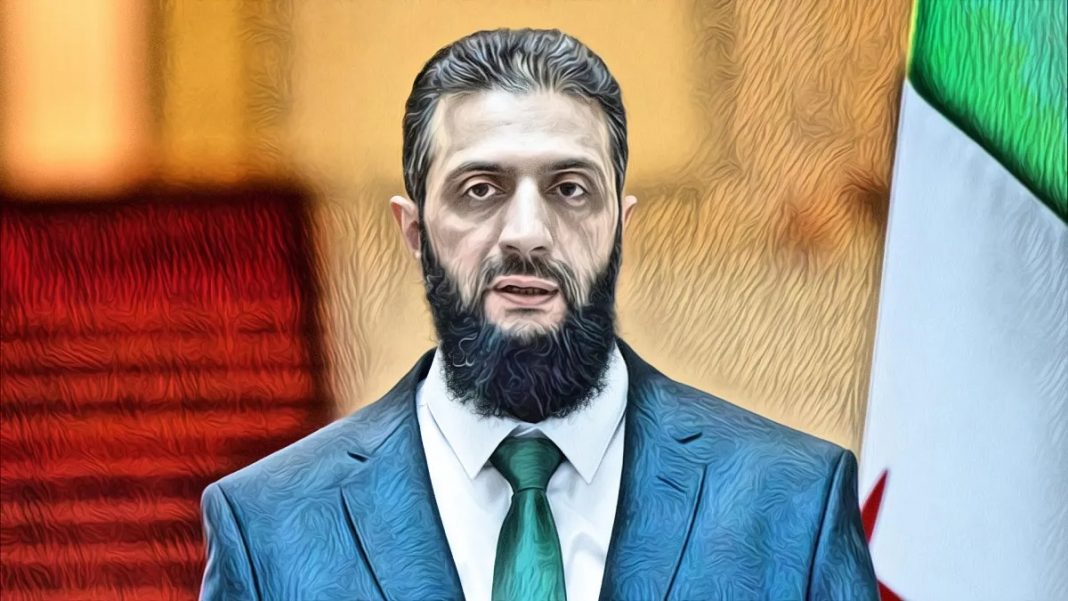Gabriel G Tabarani
As global economies shift and adapt to new technological and geopolitical realities, Oman stands out in 2025 as a country charting a bold and deliberate course through its financial sector. At the heart of its transformation is Vision 2040—a sweeping national strategy aimed at economic diversification and long-term sustainability. Central to this vision is the financial industry, which is not only evolving in scale and sophistication but is also emerging as a blueprint for regional reform.
The Omani financial sector—once viewed as traditionally conservative—is now a crucible for innovation, fueled by digital transformation, institutional reform, and inclusive growth strategies. This progress is not accidental. It is the result of an integrated approach combining governmental foresight, regulatory restructuring, private sector dynamism, and an increasing embrace of technology.
Oman’s banking sector remains the cornerstone of its financial system, with robust credit and deposit growth reflecting a vibrant economy. More impressive, however, is how banks are reshaping themselves. Nearly 87% of all banking transactions in Oman are now conducted digitally—placing the country ahead of many global peers in terms of digital adoption.
This digital leap has not just improved efficiency; it has democratized financial access. Leading banks like Bank Muscat and Ahli Bank are now leveraging AI-driven tools to serve underserved populations and SMEs—sectors historically sidelined by conventional banking. These technologies have redefined credit assessments, improved customer experience, and increased financial inclusion, a key pillar of Vision 2040.
Another remarkable evolution is the rise of Islamic finance, which has transitioned from niche to mainstream. Institutions like Bank Nizwa are now central players in infrastructure finance and ethical investment initiatives. Sukuk markets and Takaful insurance offerings are expanding, injecting diversity into Oman’s financial toolkit while aligning with both religious values and sustainability goals.
This isn’t merely about religious preference—it’s about offering viable, values-based financial alternatives that serve Oman’s broader economic and social development agenda.
One of the less visible yet profoundly significant developments has been the transformation of Oman’s capital markets. The Muscat Stock Exchange (MSX) has undergone reforms to deepen market liquidity and investor participation, especially through bonds and sukuk instruments.
Crucially, 2024 saw the emergence of the Financial Services Authority (FSA), a regulatory body now overseeing insurance and capital markets. Under the leadership of Abdullah Al Salmi, the FSA has quickly established itself as a forward-looking institution. Its alignment with 97% of International Organization of Securities Commissions (IOSCO)’s principles—a global benchmark for securities regulation—demonstrates Oman’s intent to be not just regionally competitive, but globally integrated.
The insurance industry, often overshadowed by its more glamorous banking counterpart, is also experiencing a renaissance. Driven by rising demand—particularly in mandatory health coverage—Oman’s insurance sector has posted steady revenue and profit growth. Bancassurance models have widened customer reach, while product innovation is creating new market opportunities.
With more than 5.8% contribution to GDP in 2024, insurance is no longer a secondary player. It is becoming a core pillar of financial stability and personal financial planning for Omanis.
One of the most forward-thinking moves in recent years has been the launch of the “Estidamah” program. This initiative ties fiscal discipline directly to financial sector development, linking public debt management and budget efficiency with broader market confidence. The Ministry of Finance, under its manging Director Mahmood Abdallah Ahmed Al Aweini, has laid out a roadmap that enhances competitiveness while attracting private capital through improved governance and transparency.
Parallel to this, the Oman Investment Authority (OIA) is reimagining the country’s investment landscape. By targeting logistics, tourism, renewable energy, and mining, the OIA is diversifying Oman’s economic base. The promotion of free zones and trade incentives shows strategic intent to harness Oman’s geographic advantage and bring in foreign direct investment (FDI) with real developmental impact.
While banks grab headlines, non-banking financial institutions (NBFIs) are playing a quiet but vital role. Their agility and innovation are unlocking access to credit and insurance products for rural populations, start-ups, and SMEs. These entities are not just financial intermediaries; they are key drivers of financial inclusion, often outpacing traditional banks in meeting local needs.
Oman is no longer operating in a vacuum. Strategic collaborations with regional stock exchanges in Abu Dhabi and Bahrain, as well as regulatory harmonization with international standards, are positioning the country as a reliable, transparent, and attractive financial hub.
These moves are crucial. In an interconnected world, credibility and confidence are currency. By building bridges rather than walls, Oman is inviting the world to see its financial sector not as an emerging market risk, but as a stable investment opportunity.
No transformation is without its hurdles. Oman still faces challenges—structural inefficiencies, legacy systems, and low retail investor engagement are pressing issues. But these are being tackled head-on with a combination of regulatory modernization, financial literacy campaigns, and tech-driven solutions.
The vision is clear, the institutions are aligned, and the momentum is real. Oman’s financial sector is no longer catching up—it is setting the pace.
In a region too often reliant on hydrocarbon wealth, Oman is charting a more sustainable and inclusive path forward. Its financial sector is not just adapting to global trends—it is shaping them in ways uniquely suited to its cultural values and economic aspirations.
If Oman continues on this trajectory, its financial system will not only underpin domestic prosperity but serve as a model for other countries seeking to reform, innovate, and grow with purpose.
This article was originally published in Arabic on the Asswak Al-Arab website


